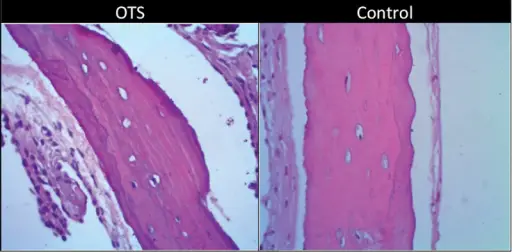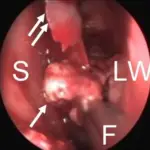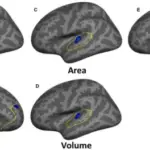Otosclerosis is abnormal bone growth inside the ear.
What is the Pathology of Otosclerosis?
The pathology of otosclerosis is:
-Etiology: The cause of otosclerosis is unknown, but it is associated with measles virus.
-Pathogenesis: The sequence of events that lead to otosclerosis is when one of the bones in the middle ear, the stapes, becomes stuck in place. If the bones are unable to vibrate, sound is unable to travel through the ear and hearing becomes impaired.
-Histology: The histology associated with otosclerosis shows initially bone resorption and replacement by cellular fibrovascular tissue. Immature bone deposits may be present.
How does Otosclerosis Present?
Patients with otosclerosis typically are middle aged females. The symptoms, features, and clinical findings associated with otosclerosis include tinnitus, progressive gradual conductive hearing loss, and dizziness.
How is Otosclerosis Diagnosed?
Otosclerosis is diagnosed using tuning forks and hearing tests.
How is Otosclerosis Treated?
Otosclerosis is treated with stapedectomy which is a correction of fixation of footplate of stapes.
What is the Prognosis of Otosclerosis?
The prognosis of otosclerosis is fair. Otosclerosis may cause mild to severe hearing loss. Otosclerosis rarely causes complete deafness if treated.



